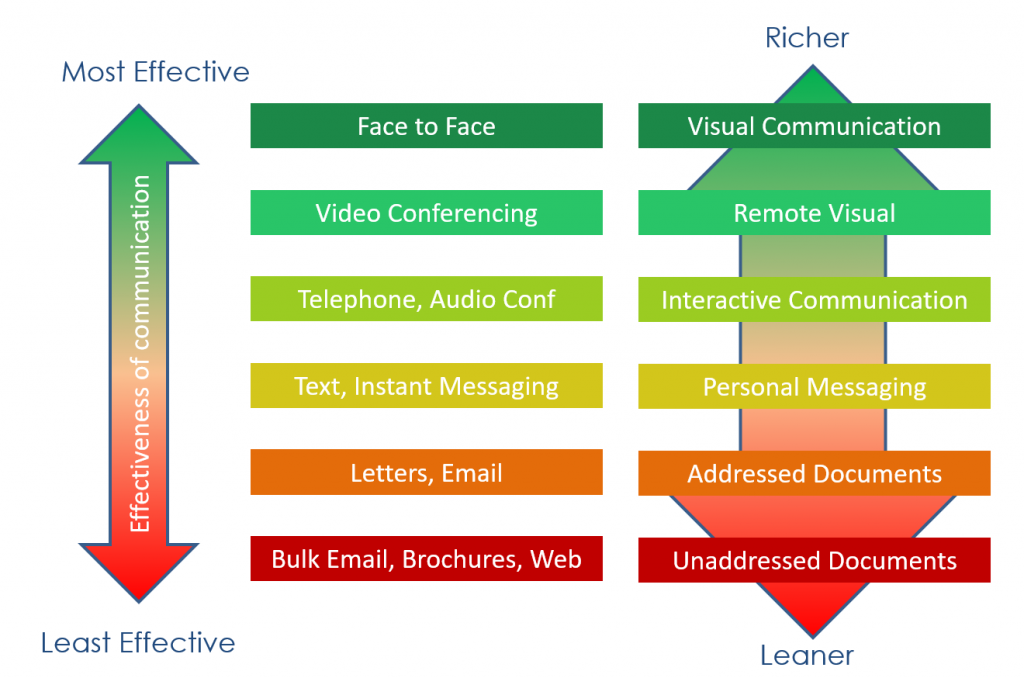Over the last few months there has been much written about the impact COVID-19 is having on employment, business, social activities, sport, etc… most of it negative. This month I wanted to share some thoughts and examples of how the pandemic has had positive effects on the ICT industry and the people that work within it.
As an opening statement, I’ll say we are creatures of habit. That is, until we’re forced to do something different for long enough, and then it becomes a new habit. What the pandemic has done is presented a whole range of challenges that people have found solutions for, either technical or behavioural.
The second statement is we are an adaptable bunch. What we have often found is that the alternative to the status quo is not too bad, and sometimes even better than the original state, especially with some further tweaking gained with ongoing experience.
The third statement is that many of the changes that have or are now taking place were already bubbling away, possibly a bit below the surface. The forced trigger of the pandemic has vastly accelerated the trend. The change may not be completely new, but it is new at a far greater scale or rate of adoption.
Technology Impact
In talking with vendors, distributors and solution providers, here are a few examples of how these three statements have played out for real.
Due to the early strict lockdown requirements, most B2B businesses were forced to look at how they could continue to operate while having their staff work from home. Speaking to several solution providers they indicated their clients ranged in readiness from “let’s activate the current plan, but on steroids” to “help, where do I start!”. Those solution providers were initially run off their feet and posted record revenues last quarter. We hear they are now bedding down ancillary projects related to the initial request to make WFH a secure and sustainable practice with upgraded software, hardware and comms links to cloud based apps.
This technology is not going to be rolled back any time soon. Even if we do go back to the office, it will now be a key part of any future business continuity and disaster plan. Savvy solution providers are now having far more in-depth conversations about how a business operates and what the business risk profile looks like, not just the tick the box technology based backup and recovery conversation.

An example of this is Telstra and how it had to do this for its own staff and its customers. They agree that, with a combination of NBN, cloud based digital transformation, video calls and shortly 5G, we are not going back to the operating the way we were in 2019.
Social impact
Video calling is of course the other (pardon the pun) most visible aspect of how life has changed. Today I want to focus on the social aspect of how the technology is being used, as a follow up to our two previous articles on virtual channel sales and virtual partner enablement
With staff working remotely, video calling has become a normal way of communicating. This has had an unintended consequence of improving the “richness” of communication by being able to see each other’s expressions (and homes, children, pets, etc) compared to a phone call or an email. Many of the companies we are speaking to are now managing their WFH staff, especially if they have a national or branch office footprint, better than they were before the pandemic.

For example, there are daily “all hands” video calls to kick the day off, virtual Friday drinks video meetings where staff are encouraged to raise a glass and celebrate the week with extended team. This is far more inclusive and immersive than head office drinks once a month. The “richer” the communication, the more likely you are to be able to convey you message effectively. Video meeting calls are now here to stay as a mainstream business tool, even if we go back to the office.
Learning impact
The message today is that we have to do things differently and adapt, and sometimes there are unexpected positive outcomes when you tackle the problem constructively. As an example, Channel Dynamics has had to adapt how it delivers training as travel and face-to-face delivery is no longer possible. Like many other businesses we accelerated our digital capabilities by ramping up content on our self paced e-learning platform. The point is… like other businesses, the pandemic forced us to do something in weeks that would normally have taken months.
However, the biggest change to our training practice has come about because of the rapid acceptance of video. We are now seeing clients reignite their professional development training programs, but instead of being only able to send a handful of their staff, they can now include the whole team (from anywhere on the planet)! That means they are combining functional teams from around the country or APAC, and even USA/Euorpe on the same class. That’s something we could never have done in the past because of cost, travel or logistics restrictions.

We have had to completely reconfigure how we deliver content virtually compared to face-to-face to create an interactive and educational experience over a virtual medium. And the feedback has been terrific. In the same way that some companies are saying virtual meetings will replace a portion of traditional face-to-face meetings, companies are now saying virtual training will replace a portion of traditional face-to-face training. The outcome… our training pipleine and participant numbers are now bigger than pre-COVID!
I would love to hear your stories of how you have seen or experienced the positive side of the pandemic and managed to assess, adapt and thrive over the last few months, so drop me an email at cwayland@channeldynamcis.com.au


